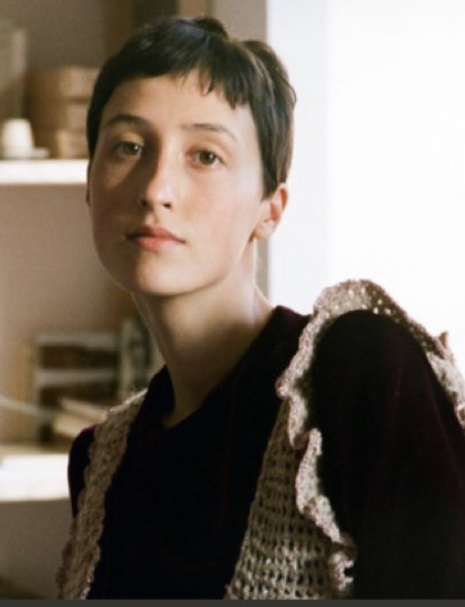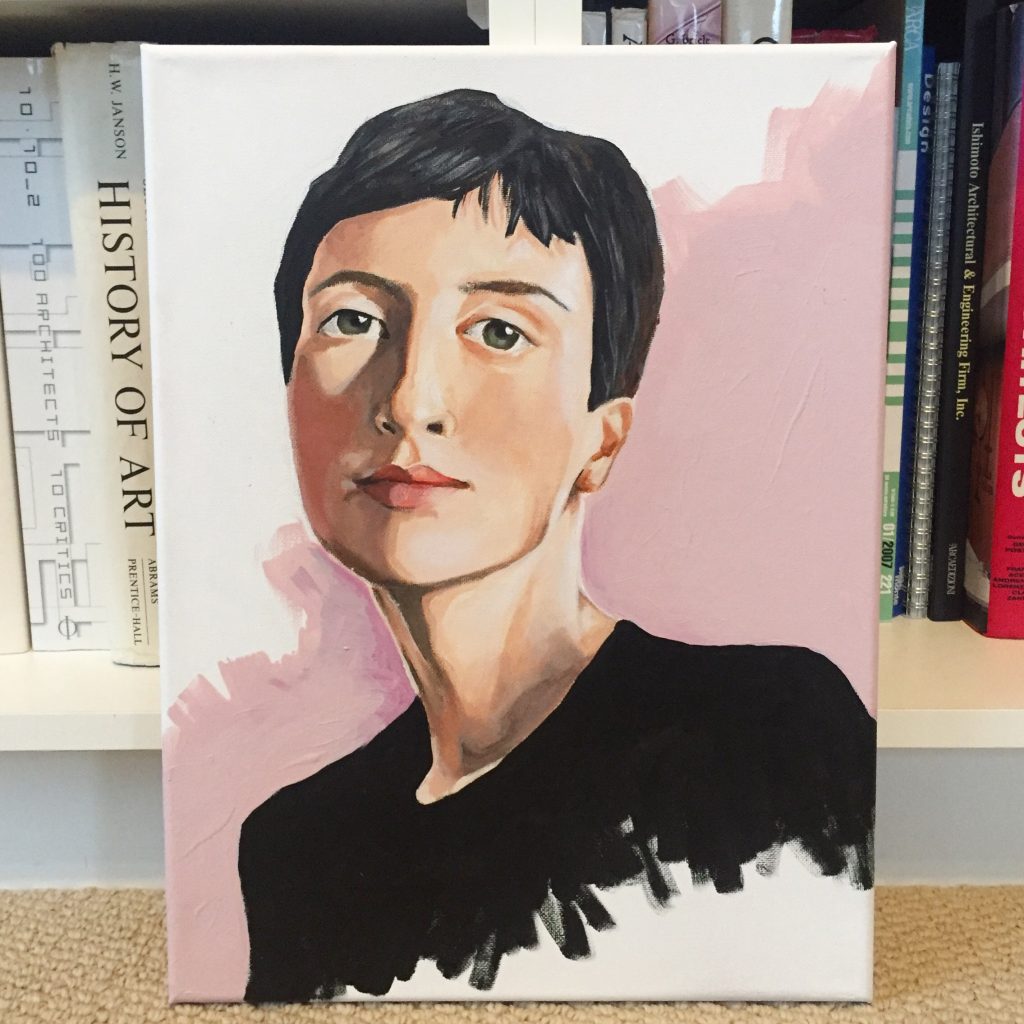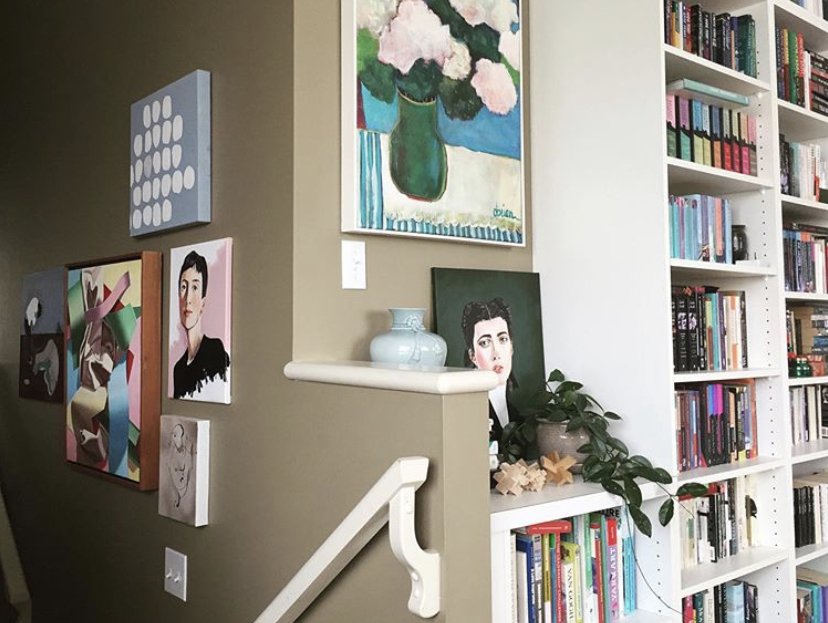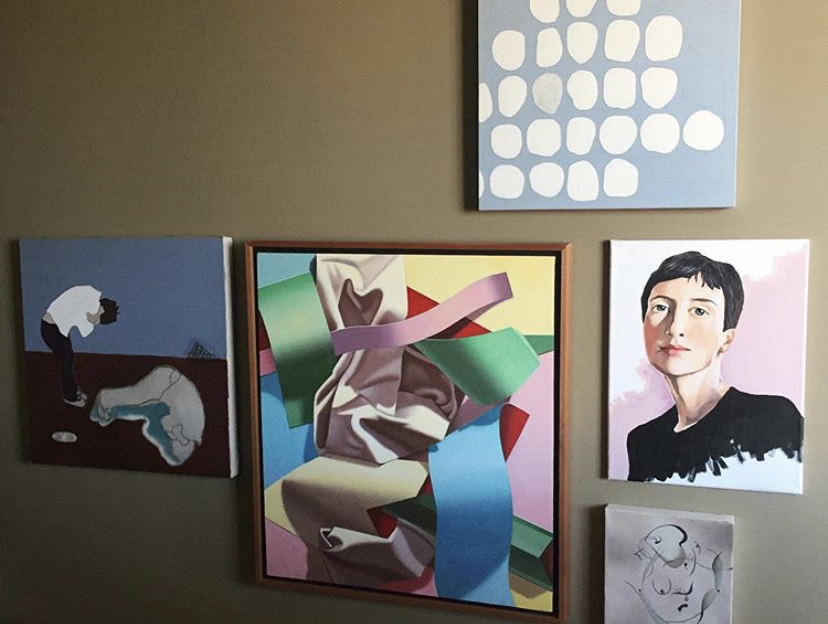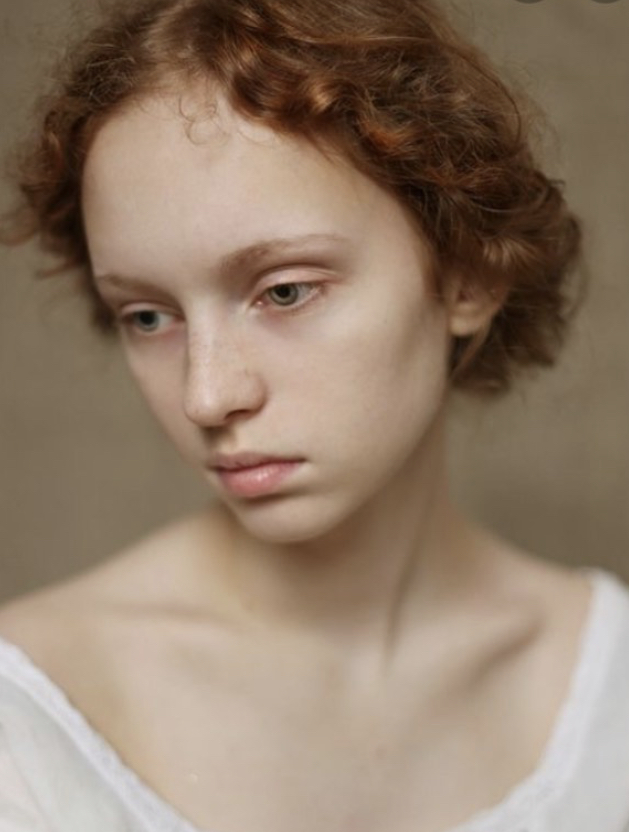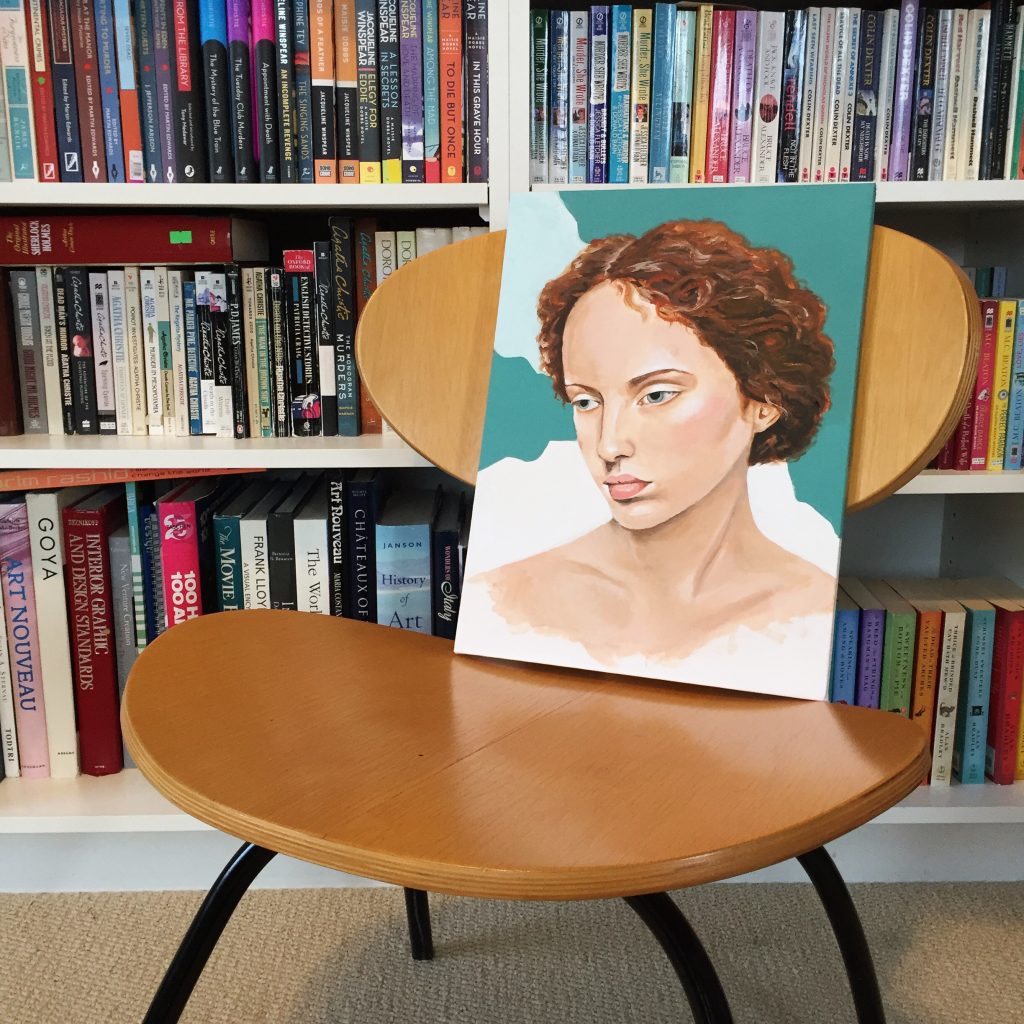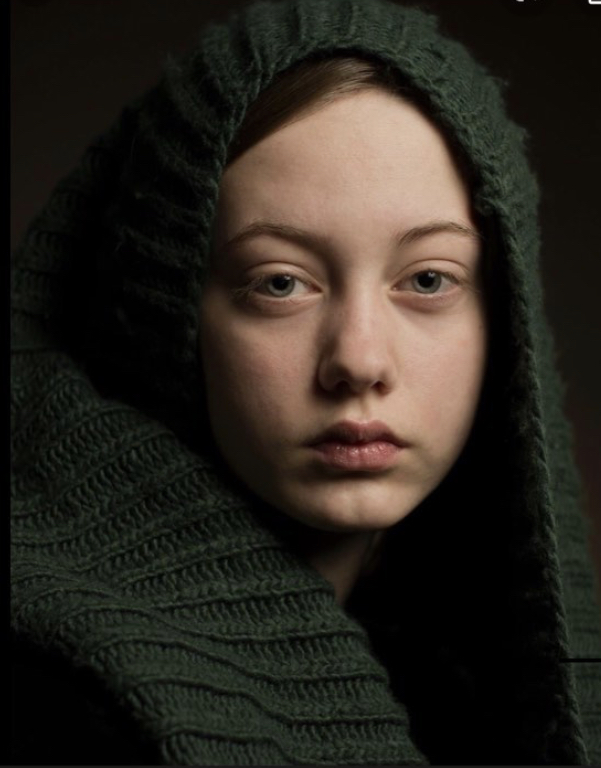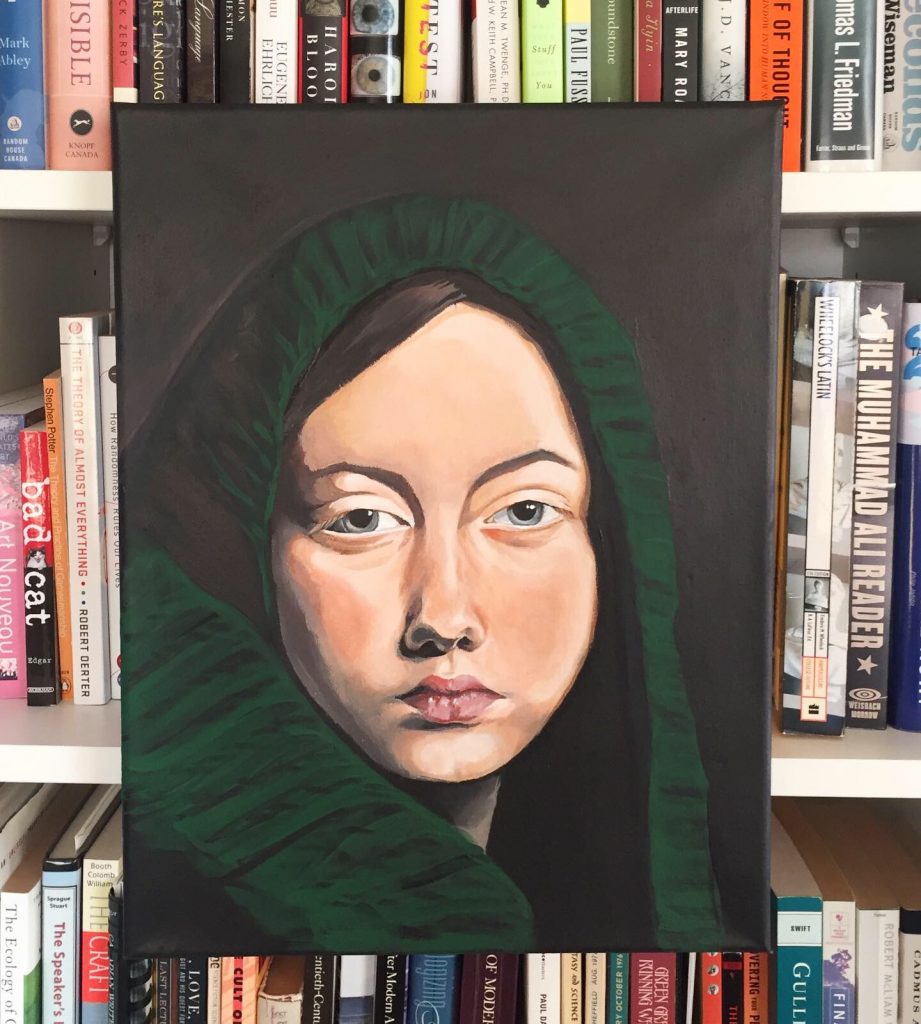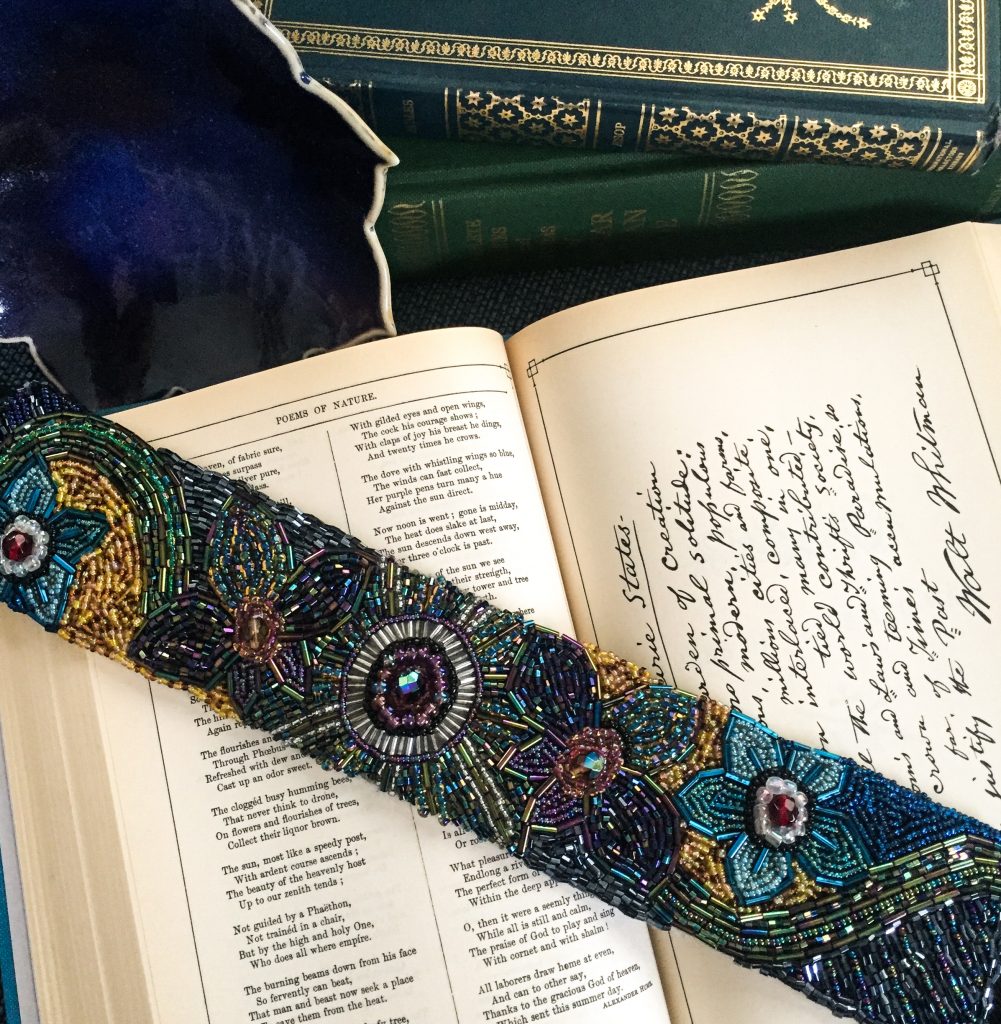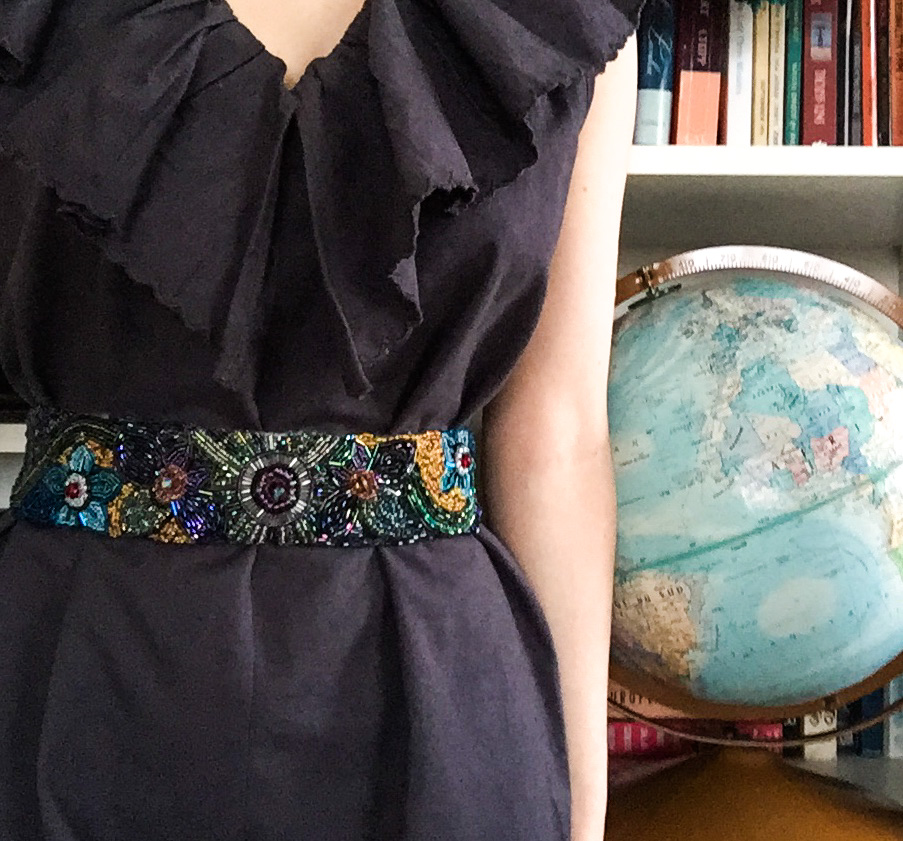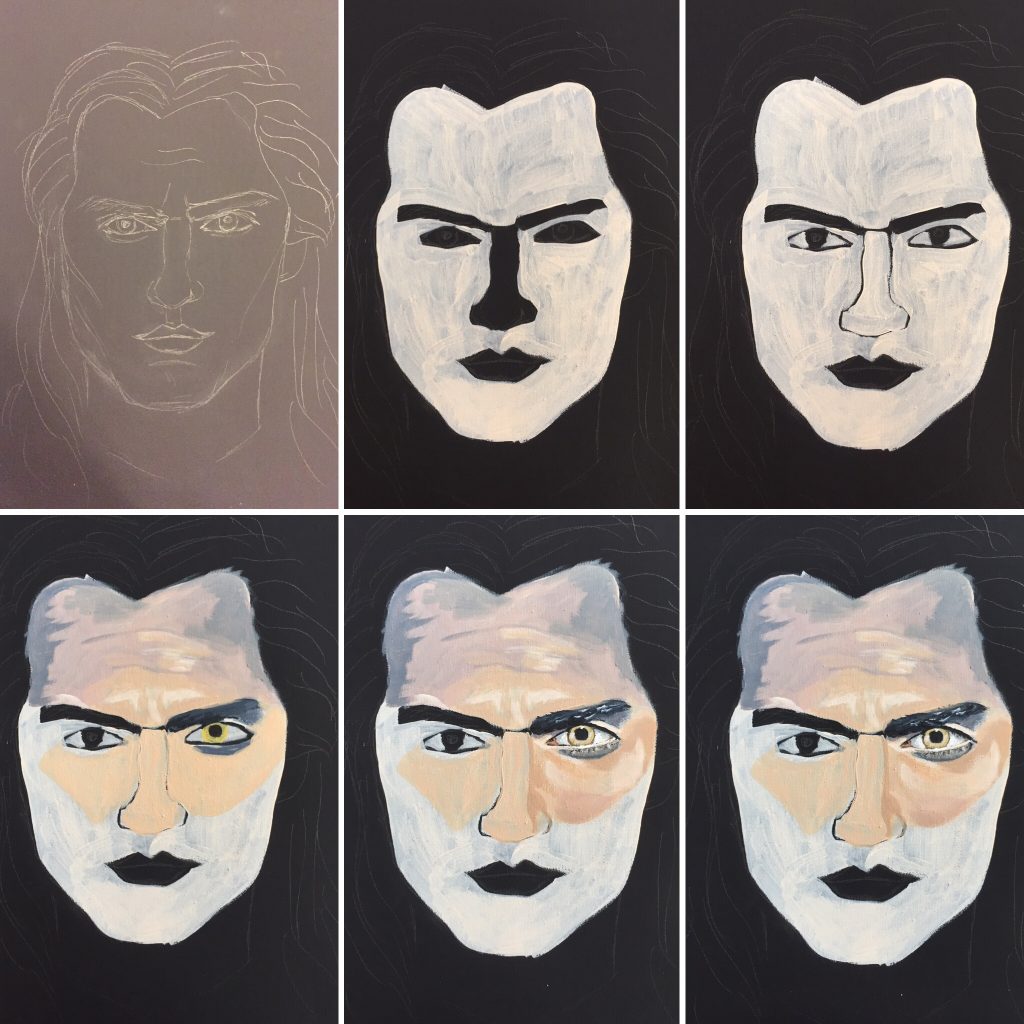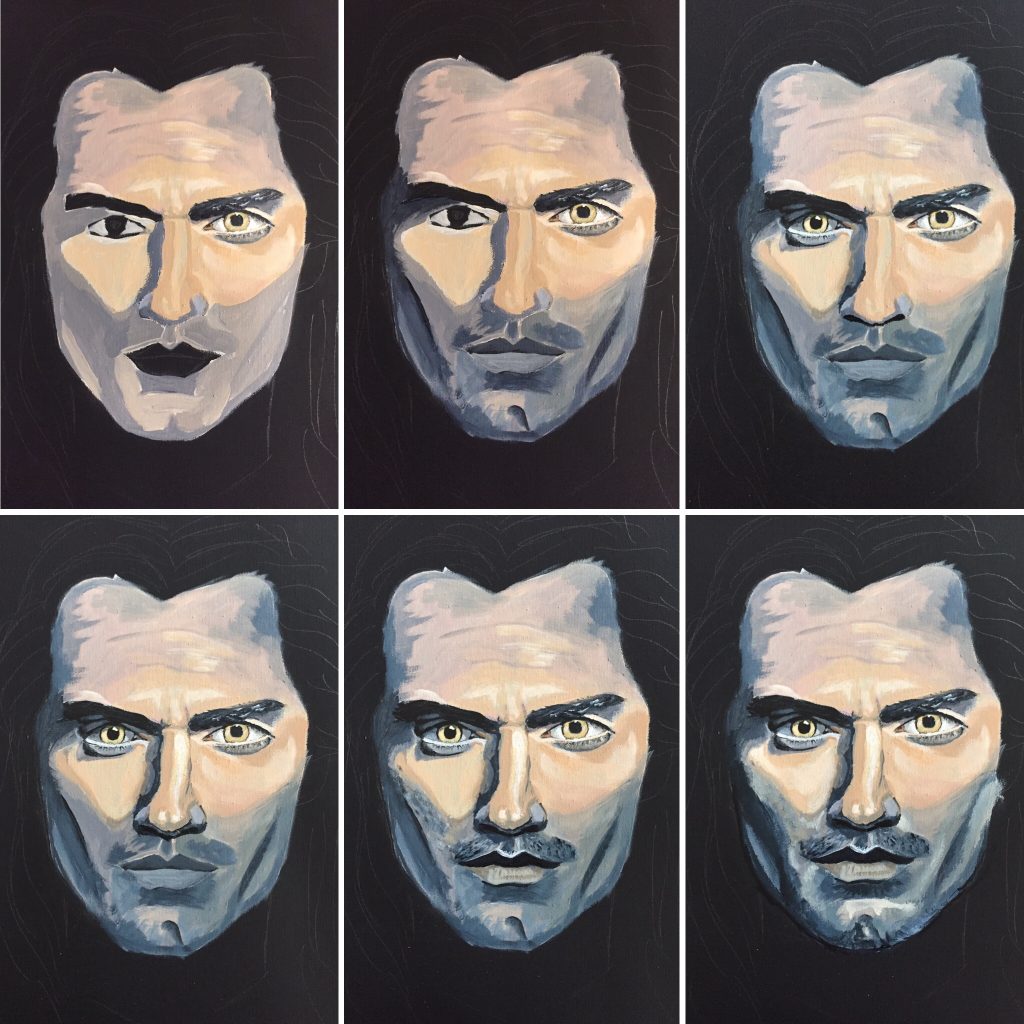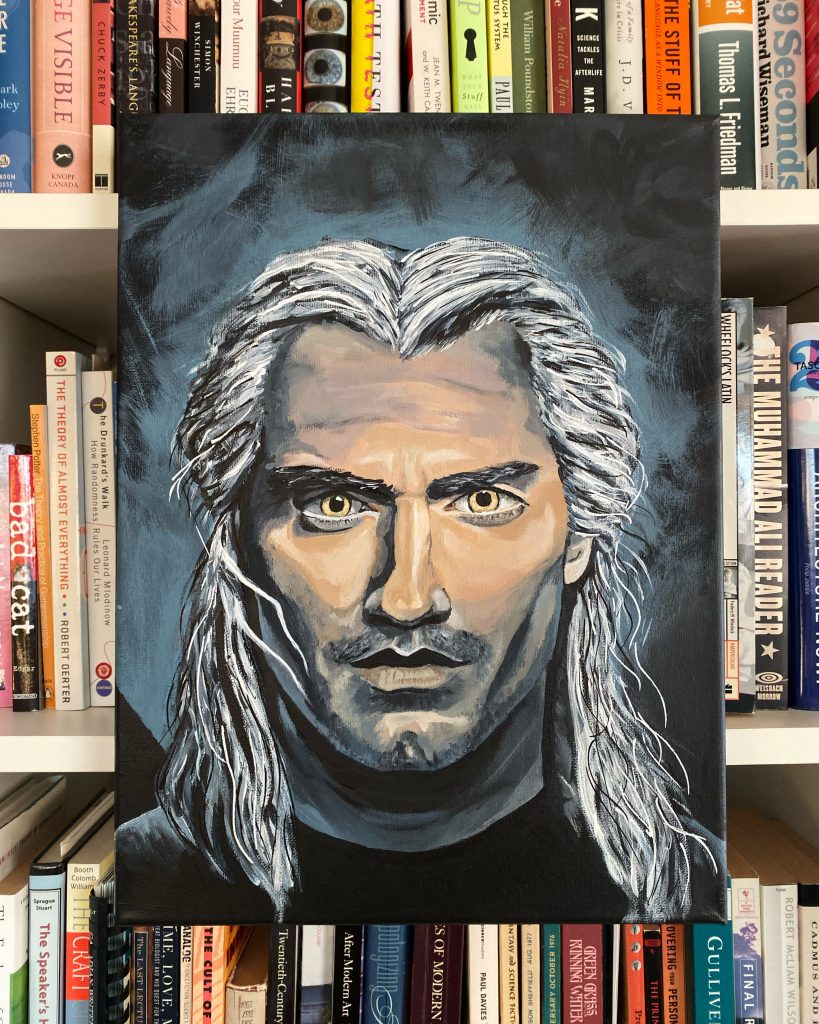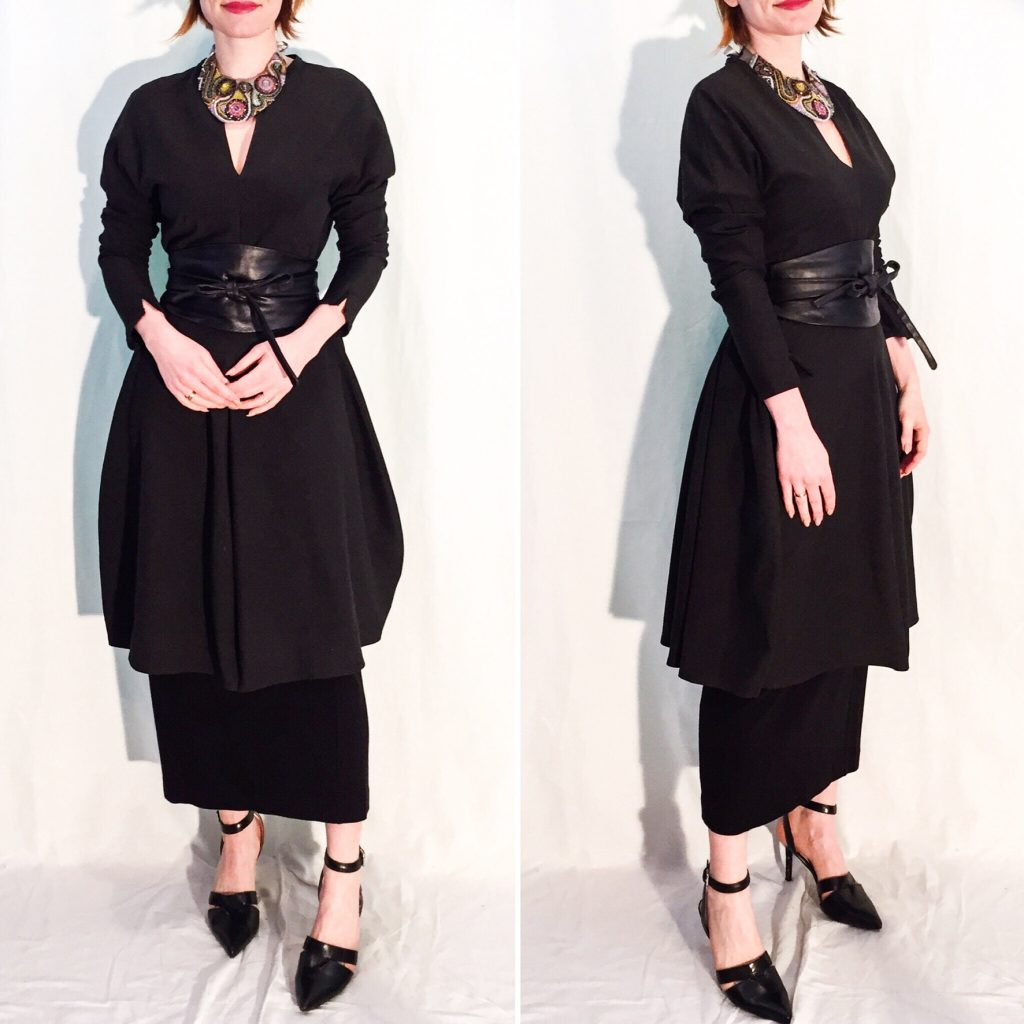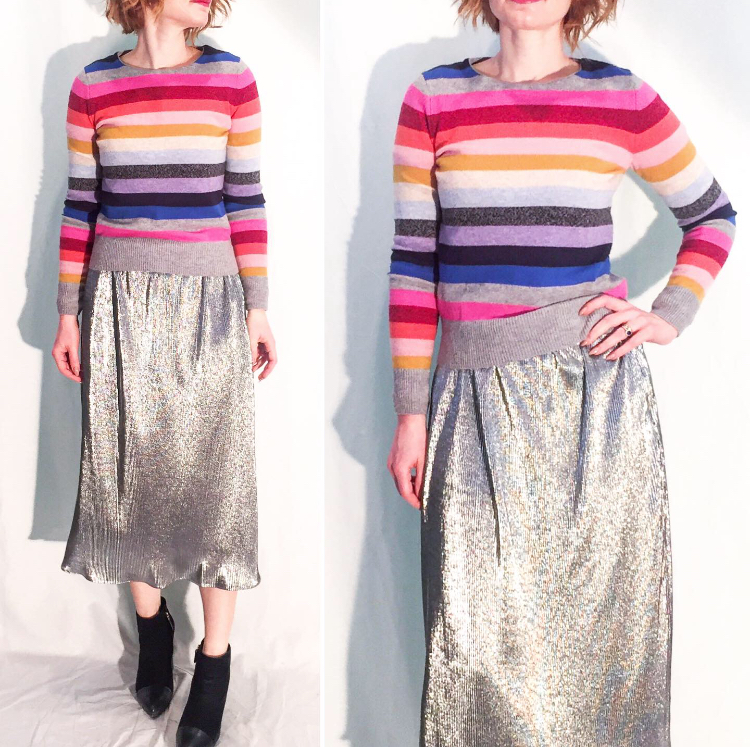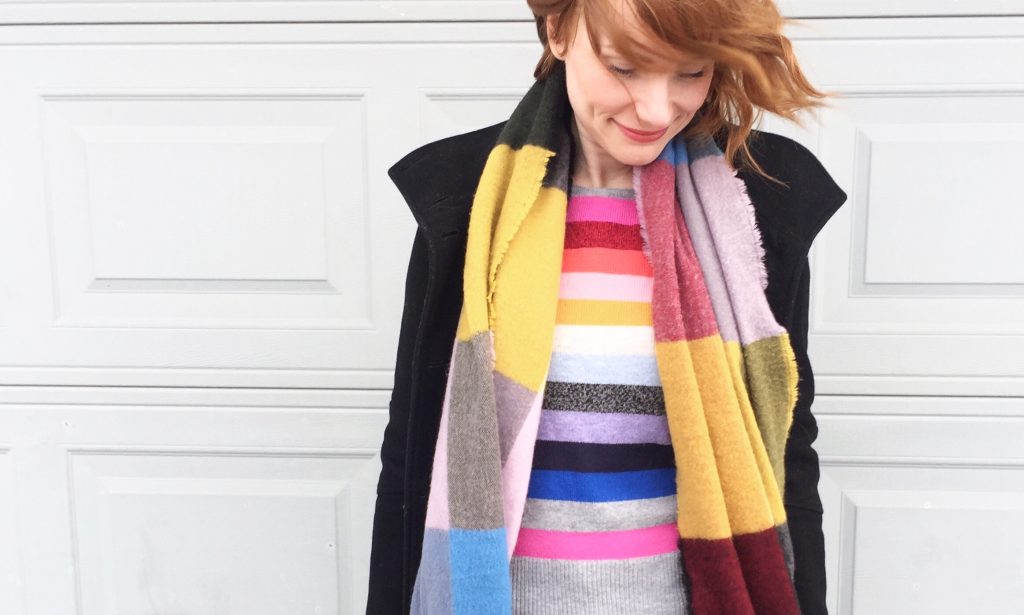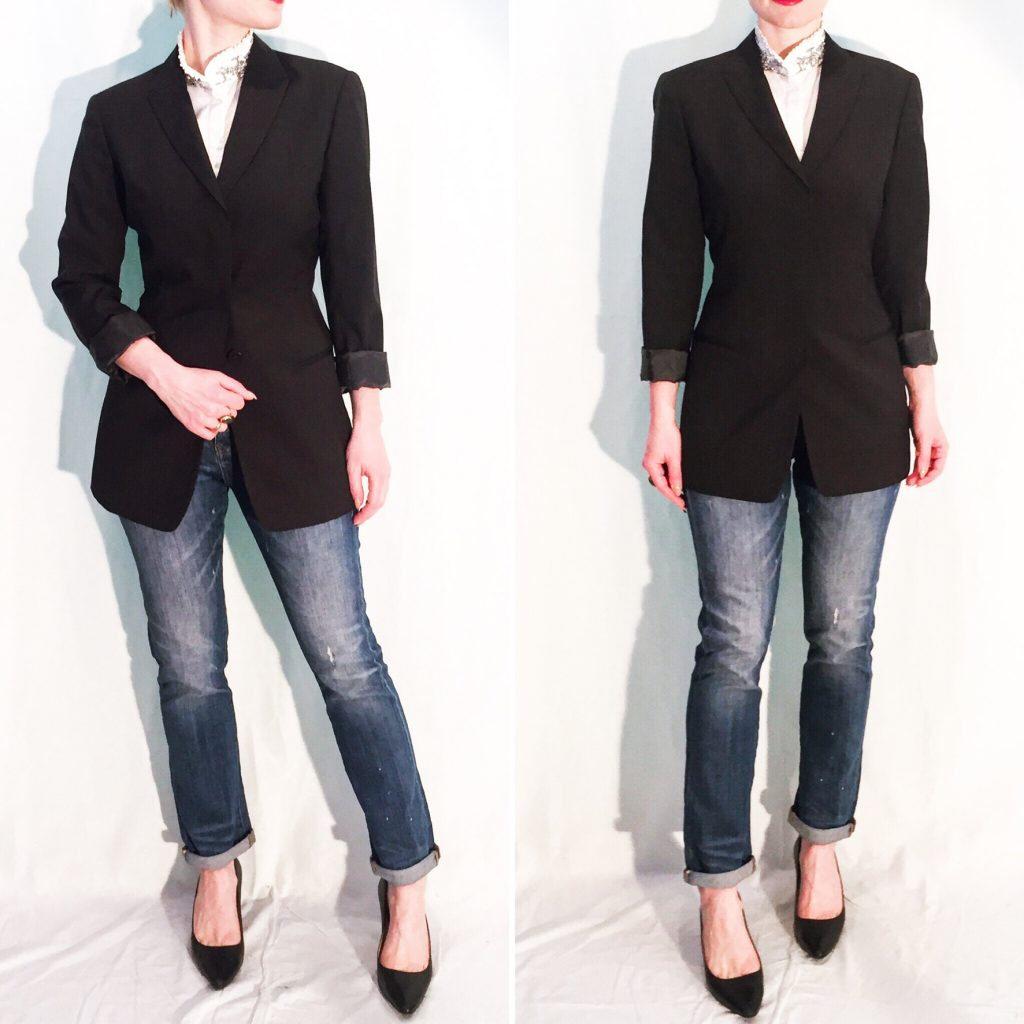Modern Classics
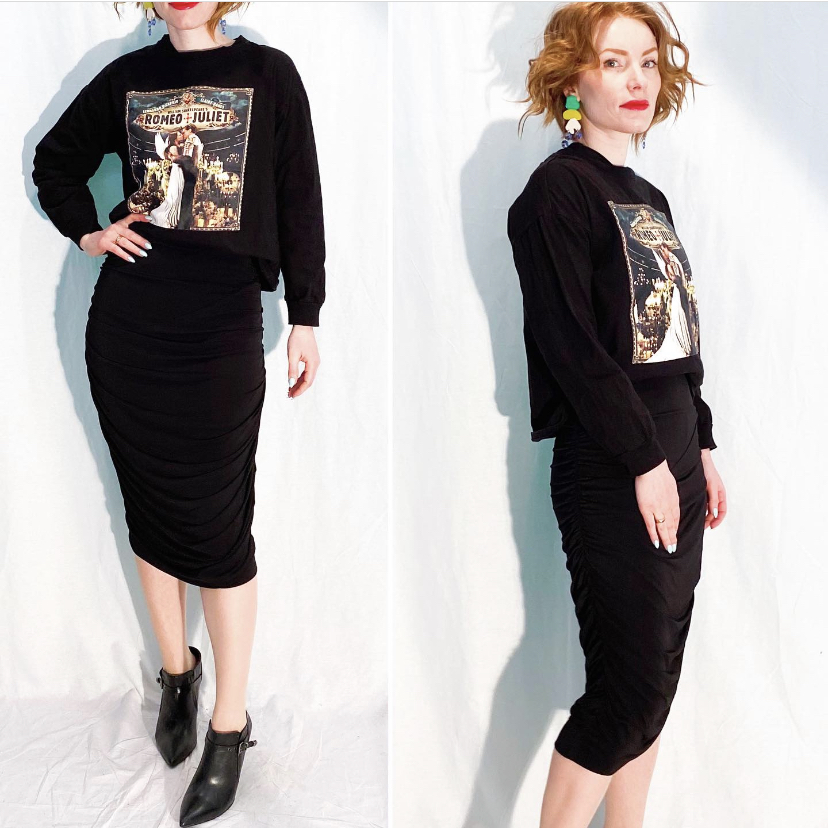
Red lipstick. Resting bitch face. Baz Luhrman’s Romeo + Juliet. What do they all have in common? They’re all classics, at least in my book. And also components of this pretty cool outfit. This is why I can’t break my “all black” habit; it’s just too damn easy to look cute and put together – without any appreciable effort – when everything is black. I suppose silhouette does make a difference; this formula is also a classic: volume on top, sleek on the bottom.
I’m a big fan of this graphic sweatshirt even though I’m not generally into graphic tops, nor do I usually thrift Forever 21 pieces. Part of what drew me to it is the nostalgia, and part of it … well, it’s black. It just looks cool. Also cool is this AllSaints dress that I haven’t worn nearly enough. It’s got a neat, asymmetrical one shoulder neckline that you can’t see here, but check out that all-over ruching – it’s *chef’s kiss*. It’s stretchy and comfy as heck, which makes it a perfect pairing for a literal sweatshirt.
Notes: AllSaints dress (thrifted, $8.50); F21 top (thrifted, $8.50); Arnold Churgin boots (thrifted, $20); Melody Ehsani earrings (retail, $30).
Statement Maker
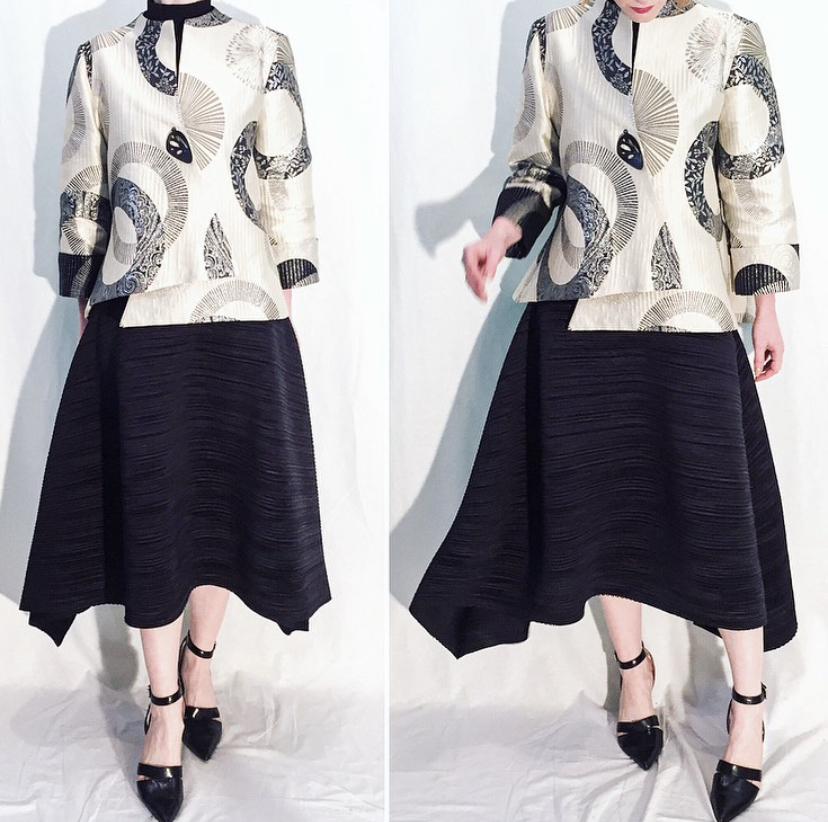
According to Instagram, this is a love-it-or-hate-it jacket and I am here for it. Art is divisive. The farther I go down the path of looking at clothing as a form of self-expression, the more I realize that I have to be OK with people not understanding or liking my outfits/output. Or, to be honest, even understanding the art/function distinction I am trying to make. I have to say, though, that some of my favourite comments are those where people go, “This isn’t my thing, but I appreciate what you’re trying to do here”. Because I feel seen, y’all.
Anyway, I personally enjoy the hell out of this outfit. I like the weird, asymmetrical angularity of this jacket. It’s architectural, with a kind of modernist vibe and a little Japanese flair — all things I love. I took a risk pairing volume on top with volume on the bottom, but I liked the juxtaposition of the sharp angles of the jacket and the fluid, soft edges of the dress. It’s also just a very comfortable outfit all things considered; it looks “polished” for lack of a better word, but it’s not at all restrictive or tight.
Sigh.
Listen, I am terrible at talking about my outfits in a way that illuminates the creative process behind them. I am equally inept at talking about art in general. I just … well, know what I like, when I see it. Trying to explain the whys or hows is a bit excruciating. Irony, I know.
Notes: Joseph Ribkoff jacket (thrifted, $13); Issey Miyake dress (secondhand, $580); Nine West shoes (retail, $40).
Stars In My Eyes
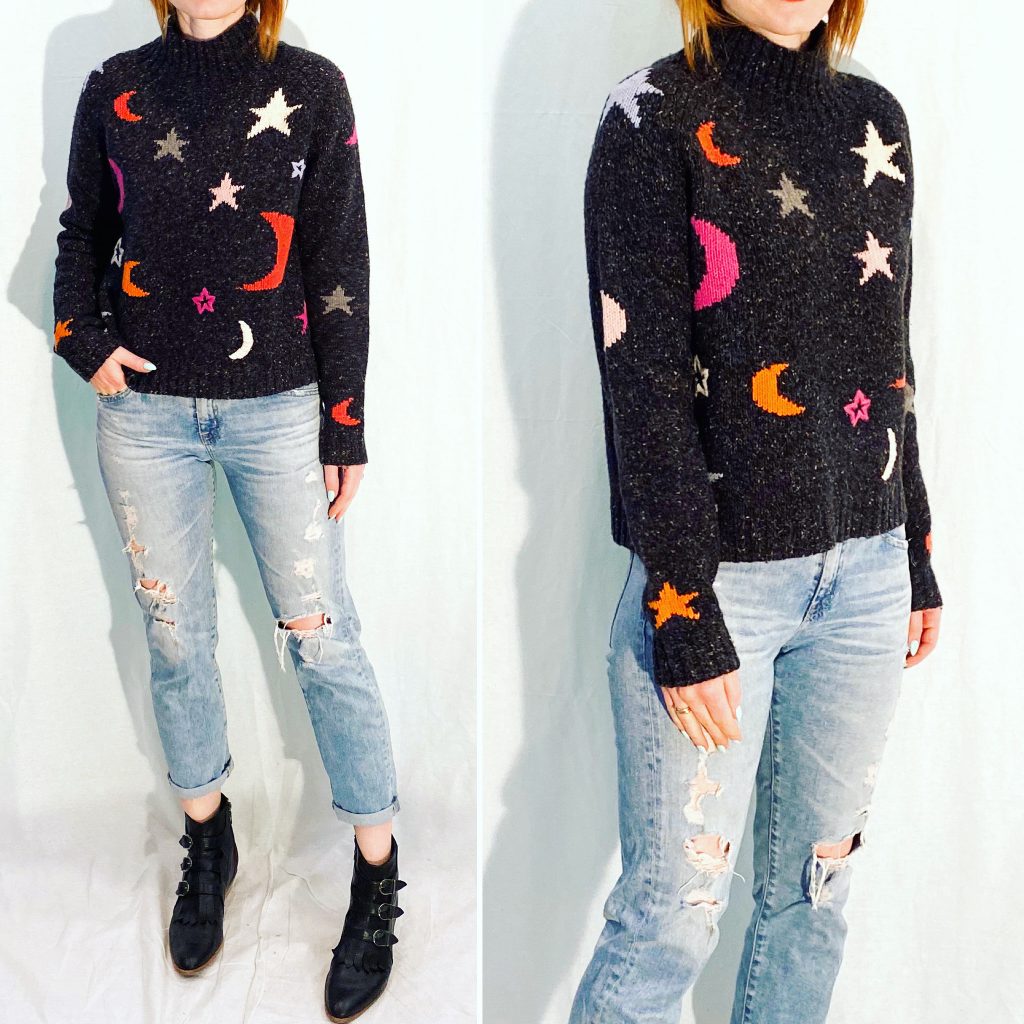
Star motifs are a personal obsession, so you can imagine how excited I was to spot this sweater at Goodwill. It’s so cute! It also kiiiiiinda looks like something you’d see at, say, Zara. Yet, the hand-feel suggested otherwise. I looked at the label tag, which stirred vague memories of something seen at Nordstrom Rack; I put the sweater in my cart and proceeded on my way. Long story short, I come to find out that this Chinti & Parker sweater originally retailed for over $700 and OH MY GOD WHAT KIND OF RETAIL REALITY ARE WE LIVING IN?!? But, hey, this is why I thrift. I’m obsessed with this sweater (though I would never in a million years pay seven hundred of my own dollars in any North American currency for it) and I have so many outfits planned for it already. First up, a basic mom-on-Saturday-errand-run ensemble, pictured above. I felt hella cute in it. But I promise to do something more interesting with it next time.
Notes: Chinti & Parker sweater (thrifted, $8); AG jeans (thrifted, $9.50); Modern Vice boots (thrifted, $20).

